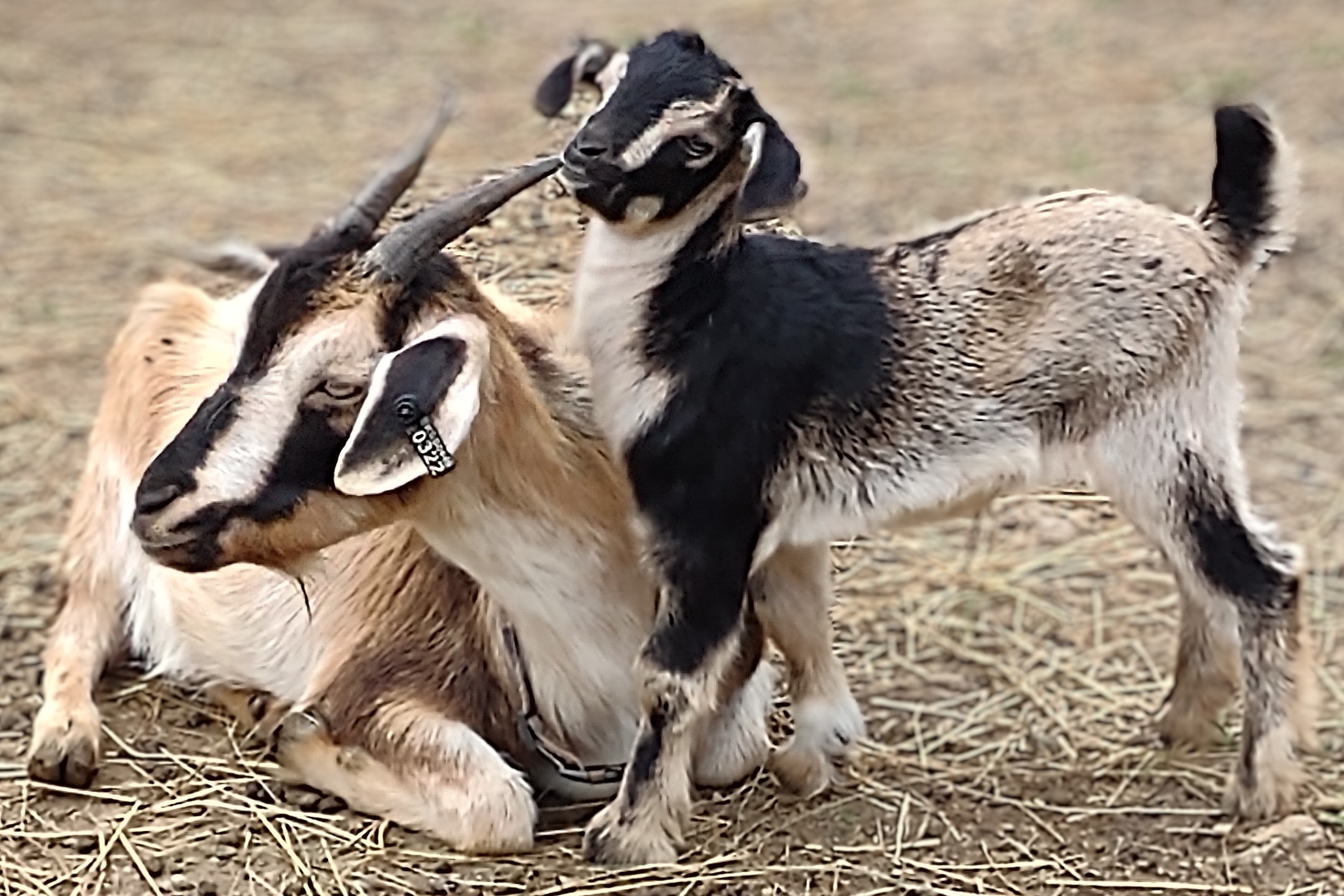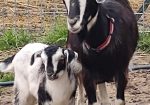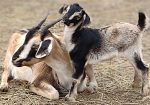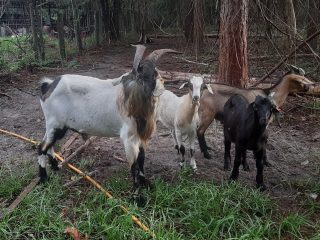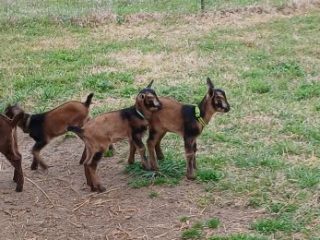Arapawa Critically Endangered Goats
Arapawa goats are critically endangered, with approximately only 600 worldwide. They are hardy, parasite resistant, adaptable, awesome mothers, usually easy unassisted birthing. A doe can give approximately 1.5 quarts at one milking per day of sweet creamy milk high and butterfat. Our goal is to help expand breed numbers, providing registered purebreds to other breeders or families. Pricing is negotiable for experienced goat owners who are members in good standing of either The Livestock Conservancy or the Arapawa Goat Breeders Association. Contact to be added to our 2026 wait list, when we hope to provide a limited number of breeding pairs, trios, bucklings with a wether buddy, or single does/doelings only if homing with at least one other doe/doeling of similar age. We take seriously that goats are herd animals and should not be alone. Transport maybe negotiated depending upon location. Contact: John or Becci Grant-Radspinner, Flintrock Ridge Farm
- Species, Product, or Service: Goat
- Breed Product or Service: Arapawa Goat


